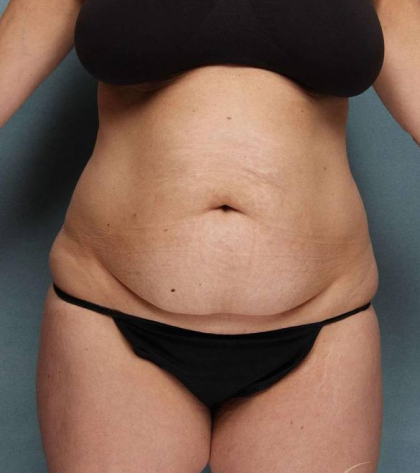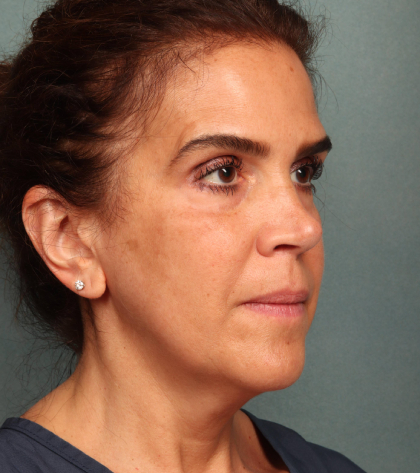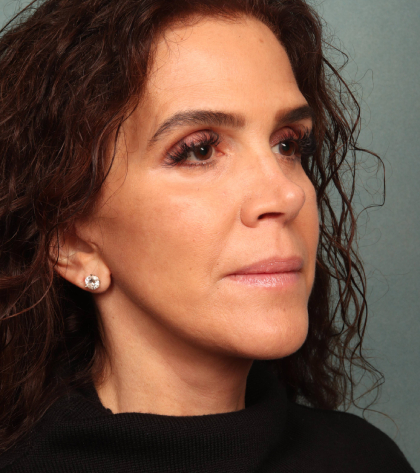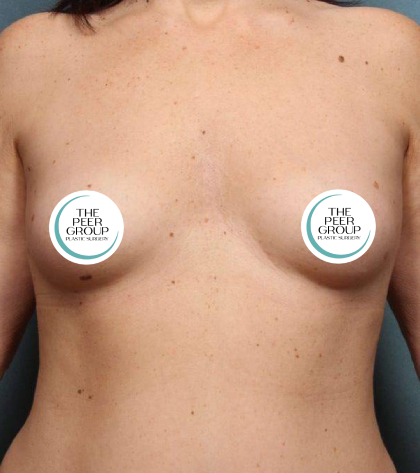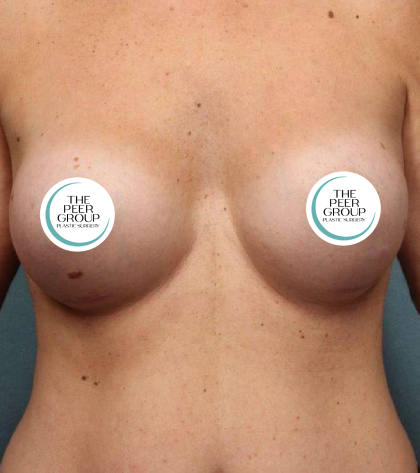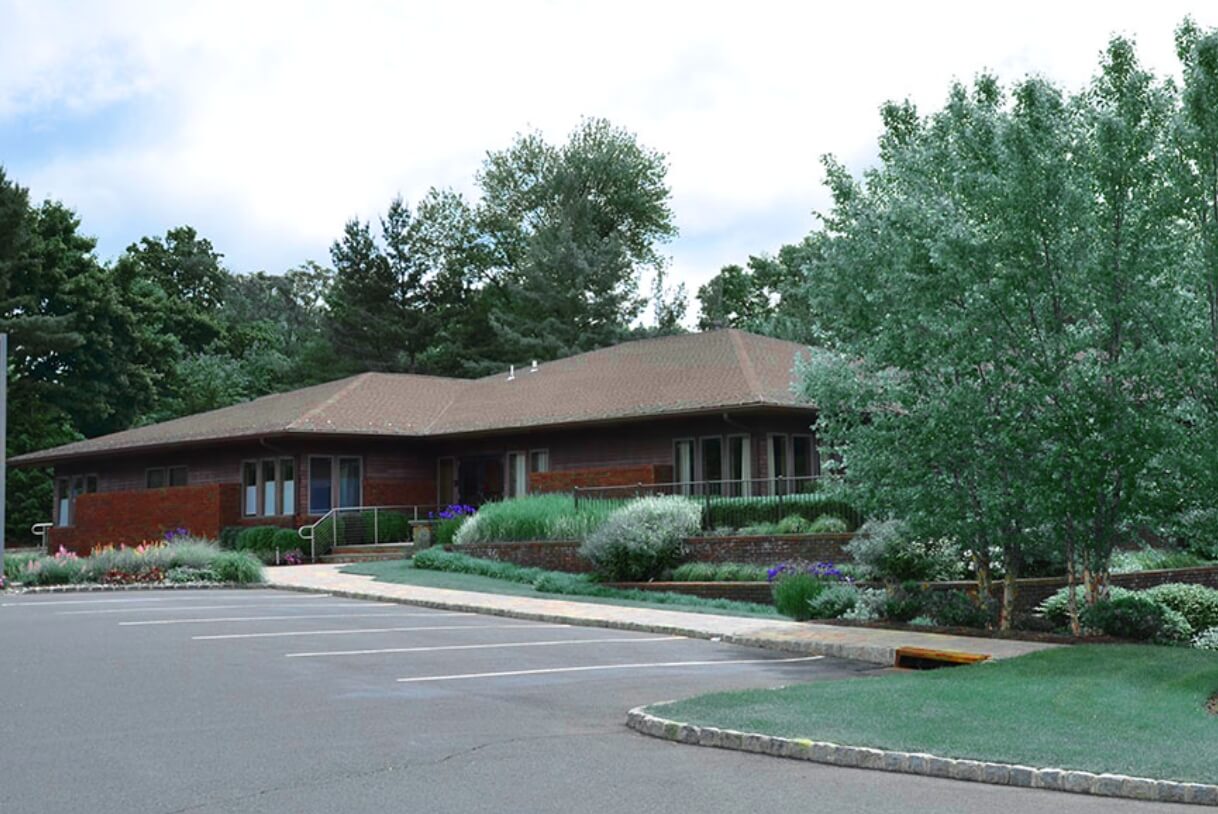Skin is the body’s largest organ, with the average adult having eight pounds and 22 square feet of it. It’s also one of the most important organs as it holds the body together and protects it from evaporating.
It’s no wonder that taking care of it is important. In fact, skincare makes up 37% of the $84 billion a year cosmetic and beauty industry in the United States. That number includes at-home and clinical skincare products and treatments.
Some treatments are a little misunderstood. In the case of chemical peels, the word “chemical” causes a lot of confusion. The most asked question about this procedure is “Do chemical peels hurt?”
Read on for five myths and facts about chemical peels that will set the record straight once and for all.
Contents
Chemical Peels: 101
A chemical peel is a skin resurfacing procedure. It uses chemicals such as alpha-hydroxy acids (AHAs), glycolic or lactic acid, or beta hydroxy acids (BHAs) to exfoliate the top layer of skin. The result is a glowing, smoother complexion.
In some cases, chemical peels are used to treat skin conditions. In other cases, the patient wants the procedure for cosmetic reasons.
Both physicians and highly-trained and licensed estheticians perform chemical peels. Only a doctor, such as a dermatologist, will perform a deeper peel.
A chemical peel procedure is the same for each type but varies depending on the level or strength of solution used. First, the patient’s face is thoroughly cleaned. The chemical solution is then applied onto the skin, which causes mild tingling.
The face is rinsed with water to neutralize the peel and a cool compress may be applied. Patients will need to limit sun exposure for the first day or two. For deeper peels, this should continue for up to two weeks. Sunscreen is recommended daily.
There are misconceptions about chemical peels. The most common get addressed below.
How Many Kinds of Chemical Peels Are There?
There are three kinds of chemical peels, each with their own benefits. Face peels for acne are simple and easy, while peels to treat deep wrinkles are more complex.
Superficial/Light Peels
A superficial/light peel exfoliates the top layer of skin, called the epidermis. This eliminates accumulated dead skin cells. Licensed and highly-trained clinicians, like estheticians, perform superficial peels.
Light peels are mild and use Alpha Hydroxy or Beta Hydroxy acid. The procedure is so simple and easy, people often refer to them as “lunchtime peels.” In general, the peeling process takes 3-4 days to complete. The downtime is almost non-existent.
Superficial peels are, on average, the least expensive. They treat fine lines and wrinkles, acne, uneven skin tone, and dry skin. While effective, the results are more limited compared to other peels.
Depending on the desired results, a patient could have a light peel every two to five weeks.
Medium Peels
A medium peel penetrates the skin deeper than a superficial/light peel. It removes dead skin cells from the epidermis and portions of the upper part of the dermis, the middle layer of the skin.
The effects are also stronger than those of a light peel. Some clinics allow licensed estheticians to do medium peels, but many reputable plastic surgery centers will only have their physicians perform this procedure.
A medium peel consists of Trichloroacetic acid, also known as a TCA peel. It is a little more uncomfortable than a superficial peel, but the results last longer.
This procedure, on average, costs more than a light peel. The recovery time is a week or longer. A medium peel treats wrinkles, acne scarring, and uneven skin tone.
The procedure can get repeated three to nine months after the initial peel to maintain the desired results.
Deep Peels
A deep peel is the harshest chemical peel. A board-certified physician should be the only one to perform the procedure.
Deep peels contain Phenol and have a stronger effect and last longer than the others. This procedure removes dead skin cells from the epidermis and can penetrate as deep as the lower layer of the dermis.
Because Phenol has a stronger effect, it lasts the longest. It’s also the most expensive and has the longest recovery time.
A deep peel can bleach the top layer of the epidermis, so it’s not recommended for darker skin tones. Most often, only patients with deep wrinkles, scarring, or facial growths have the procedure.
This type of chemical peel is usually only performed once.
Do Chemical Peels Hurt?
The greatest concern tends to be over chemical peel pain. While a patient may need some sort of pain control during a deep peel, light and medium peels don’t hurt.
In general, light and medium peels cause some discomfort. The discomfort ranges from mild to moderate, depending on the patient’s level of tolerance.
The most common sensation is tingling. Some patients report a slight or mild burning feeling. These sensations subside when the procedure is complete.
A patient should direct all pain concerns with the physician and staff at the facility the procedure will take place in.
Are They Safe?
Another question that is a common one is, “Are face peels safe?” The answer is a resounding yes. Cosmetic practitioners use chemical peels to treat skin disorders like severe acne, acne damage, photodamage, and melasma.
Many scientific studies over the years found very minimal and rare side effects as a result of a chemical peel. In medium and deeper peels, these side effects include reddening of the skin, small bumps, and scarring.
The face peeling benefits far outweigh the few and rare side effects.
Can Procedures Get Combined?
Yes. It’s common for patients to have a chemical peel and another procedure like microdermabrasion. When combined, the results of these procedures are very effective.
A patient can repeat this particular combination every four to six weeks. The skincare facility should give the patient all options during a consultation, including combining procedures.
Only Accept Exceptional Care and Results
Now that, “Do chemical peels hurt?” and other concerns have been answered, the only question that remains is finding the right facility.
The Peer Group for Plastic Surgery’s board-certified and award-winning practitioners dedicate their practice to enriching the lives of their patients. The Peer Group hires the most talented and compassionate staff members to give every patient the highest level of individualized care.
To learn more, visit the procedures section or read hundreds of The Peer Group’s five-star reviews. Schedule a consultation today to tour The Peer Group’s accredited and state-of-the-art surgical center and meet the knowledgeable staff.

